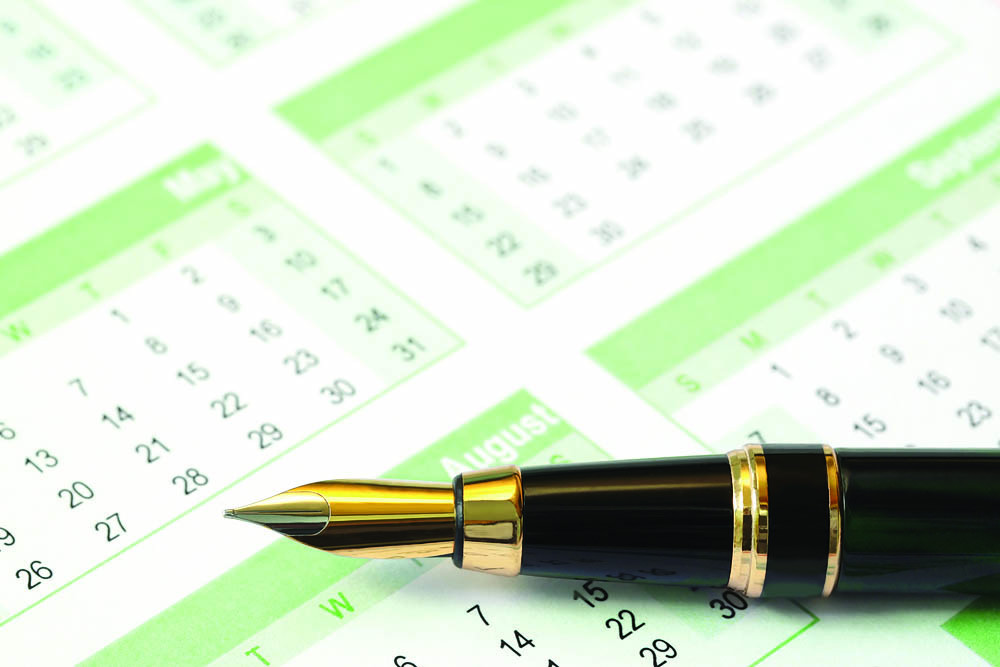Microsoft Surface Pro Is Revolutionary But Far From Perfect Hot
But the problem is that, as a tablet, it’s not as good as an iPad, because it’s a half pound heavier and has only a four- or five-hour battery life versus twice as much on an iPad. In addition, as a laptop, its 10.6-inch diagonal screen is a little small. Consequently, it’s not perfect as a tablet or as a laptop.
It took me two months to write this review because the Surface Pro is a complicated device, and buying a computer has become so much more complicated. With the introduction of tablet-PCs, tablets convertible into laptops, and touch screen PCs, you really have to pick the right device to match your lifestyle and work style.
Computer-Buying Is More Complicated
The Surface Pro will work well for people who hook their laptops up to an external monitor and also want a tablet for business meetings and on the road. But if you like to lay down on your back and read on your couch or in bed, the Surface Pro’s is noticeably heavier than the iPad. Also, if you like to work with your laptop perched on your knees in an airport or in bed, the Surface Pro will probably be too small and hard to see.
While these issues may seem nitpicky to some, they are practical considerations in buying a computer nowadays. And they are totally new considerations. You are buying a computer that will also be your tablet, which you never did before
Microsoft has indeed done something great by putting a tablet and laptop in one device. In typical Microsoft style, however, it’s complicated but powerful. The next generation Surface Pro will hopefully be easier to hold in your hand and its interfaces will be less klunky.
Windows 8
Surface Pro really has two interfaces: desktop and touch. Microsoft does a poor job of telling its users this. The first time you boot up Surface Pro, no explanation introduces Microsoft laptop users to the touch interface. Microsoft just expects you to figure it out.
The user interface of Surface Pro is the Microsoft Windows 8 operating system (OS). The main page you use on the Surface Pro is comprised of 30, 50 or 60 square and rectangular tiles. Each tile is a window into information in your life and business. Some tiles are “live,” streaming Web news from your social networks and displaying news feeds from your favorite sources. That’s nice. But bungling the introduction of the touch interface makes for an awkward handoff between the two interfaces.
Surface Pro As A Tablet
To be clear, touch apps look totally different from desktop apps. When you use Surface Pro as a tablet, you use one set of apps that are optimized for touch. Touch apps have a few big buttons on a page and simple navigation.
Microsoft has developed a touch version of the desktop Office Suite called Office 365 that you can try out for free. It's great.
Office 365 and touch apps offered in the Microsoft Store work well. The Windows 8 touch interface of the Surface Pro is as easy to use as an Apple iPad’s iOS interface. (If it were not not a half-pound heavier than an iPad, I’d like the Surface Pro as a tablet as much as an iPad.) Point is, Windows 8 on the Surface Pro works great for touch use but the “form factor” of the Surface Pro is inferior to the iPad, which, at 25% lighter, is much easier to hold in your hand.
Surface Pro As A Laptop
Then there’s the other interface on Surface Pro. When you use Surface Pro as your laptop computer, also called n ultrabook, you can use the old mouse-driven interface that made Microsoft famous. Moreover, the desktop version of Word, Excel, and the Microsoft Office suite run on the Surface Pro.
If you plan to run the desktop version of Office, pay the extra $100 for the 128GB solid state drive rather than the 64GB since Office takes up so much space.
Desktop apps like Office require more processor power than running Web apps, but the Surface Pro has enough power for running most of the programs advisors use. If you want to edit videos, Surface Pro is not for you. But if you want to use Excel, Word, Publisher, Adobe Acrobat Professional—the apps advisors use—Surface Pro has enough processor speed to work just fine. Surface Pro technically meets the requirements to run desktop portfolio management software, such Schwab PortfolioCenter. But you would probably want a more powerful computer than Surface Pro to generate client perfromance reports quarterly.
If you use your laptop in bed or anyplace where you won't have it hooked up to a monitor--if you plan to use Surface Pro without a monitor to work on spreadsheets and documents when you're not sitting at a table with the device right in front of you--then this may not be for you.
Summing Up
Transitioning hundreds of millions of users from desktop software to touch interfaces is a huge move. Apple has not figured out all the answers. It has no device equivalent to the Surface Pro, which brings together the ability to create content using desktop software with a better way to consume content on a tablet. With a video port that lets you attach a high-definition monitor, a slot for adding a memory card, and a USB 3.0 port for attaching external hard drives and other devices, Surface Pro has revolutionized tablets by making them useable as laptop computers.
What users really need is one interface for touch and desktop. That’s not easy to do, however, and it won’t come overnight. In the meantime, Microsoft must do a better job of melding the two interfaces of touch and desktop apps. Some touch apps in the Surface Pro ask you when access a file if you'd prefer to open the file using the desktop app rather than the touch app. That button should be on every file.
When Microsoft said it was going to manufacture a tablet-PC, it lifted the hopes of Microsoft users. By taking a page from Apple and making its own hardware as well the user interface, it raised hopes that Microsoft would better connect its software to these revolutionary new tablet-PCs. It’s not worked out like that so far. But the next version of the Surface Pro will probably be lighter. And maybe one of Microsoft’s hardware partners will one up Microsoft.
The Lenovo ThinkPad Helix, which is slightly lighter than the Surface Pro when used as a tablet and comes equipped with an Intel i7 processor, is far powerful than the Surface Pro as a laptop, features a display that’s an inch larger than Surface Pro and has twice the four- to five-hour battery life of the Surface Pro. It's the next step in the evolution of tablet-PCs and just became available for pre-orders.
Surface Pro is a good first effort but far from perfect.










